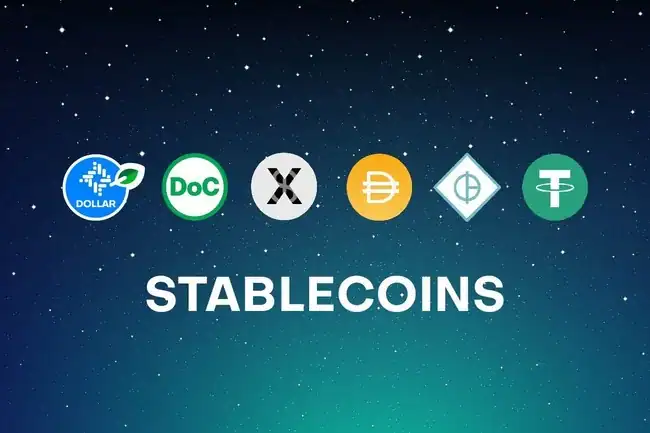Table of Contents
Stablecoins: The New Money Changing Your Bank
For many years, the way we move money has been slow and expensive. Sending money to another country can take days and cost a lot in fees. Banks are often closed on weekends and holidays. But a new technology called stablecoins is starting a quiet revolution. This new type of digital money is fast, cheap, and always open for business, and it is changing the rules of banking for everyone.
A stablecoin is a special kind of digital currency. Unlike other cryptocurrencies that change value wildly, a stablecoin is “pegged” to a real-world asset. Most of the time, this is a major currency like the U.S. dollar. This means that (in theory) one stablecoin is always worth one dollar. It gets this value because the company that issues the coin keeps one real dollar in a bank reserve for every digital coin it creates. This gives it the stability of normal money but with the power and speed of the internet.
Why the Old Way Is a Problem
The traditional banking system is built on old technology. If you send money from Japan to Brazil, that money does not go in a straight line. It must hop between several different “correspondent” banks. Each bank in the chain takes time to process the payment, and each one takes a fee. This is why a simple transfer can take three to five business days and cost $30 or more. The system also “sleeps” on weekends, which does not make sense in a world where businesses and people operate 24/7.

Stablecoins solve this problem by using a technology called blockchain. A blockchain is a global ledger or record book that is shared on computers around the world. It is always on, never closes, and is very secure. Sending stablecoins is like sending an email. A person in Japan can send $100 in stablecoins to a person in Brazil in just a few seconds, and the cost might be less than one dollar. This is not just a small improvement; it is a complete change in how money can move.
A New World of Money
This new speed and low cost helps many different people. The most obvious users are people sending money home to their families. A worker in Europe sending money to their family in Africa can lose a lot of that money to high fees. By using stablecoins, their family gets almost all the money, and they get it instantly. This is a massive help for millions of families.
It also helps people in countries where the local currency is not stable. If inflation is very high, the money in your bank account can lose value every day. Stablecoins allow people to save their money in a stable asset, like a digital dollar, just by using their smartphone. This gives them a level of financial safety they never had before.
For businesses, stablecoins are just as powerful. A company can now pay its international suppliers or remote workers instantly, any day of the week. This improves their cash flow and makes it much easier to do business globally.

What Are the Challenges?
This new technology is not without its risks. The biggest questions are about trust and safety. How do we know a stablecoin company really has one dollar in the bank for every coin it made? Because of this, governments and central banks around the world are now creating new rules for stablecoins. They want to make sure these new money systems are safe, secure, and are not used for illegal activities. This regulation is a sign that stablecoins are being taken very seriously as a new part of the financial world.
The future of banking will likely be a mix of the old and the new. Your regular bank will not disappear. Instead, it is more likely that banks will start using this stablecoin technology themselves to make their own services faster and cheaper. The revolution is not about ending banks, but about pushing them to become better, faster, and more global for everyone.






